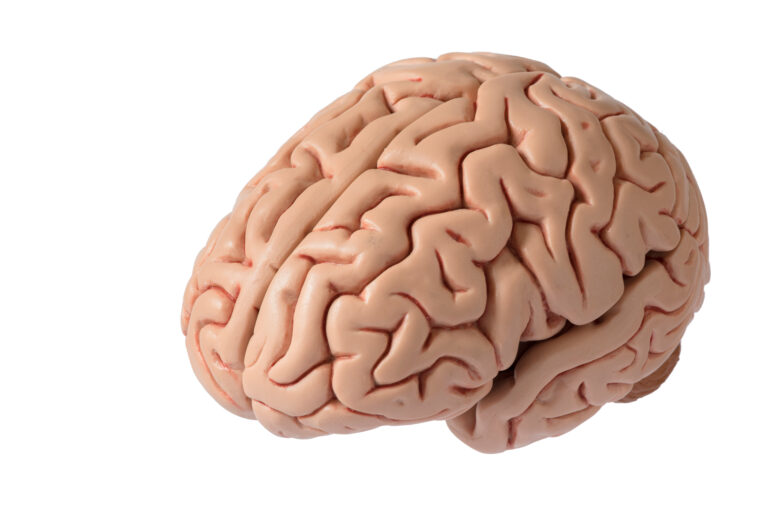Post anesthesia cognitive dysfunction, also known as PACD, is a common but often overlooked side effect of undergoing anesthesia during a medical procedure. While anesthesia is necessary for many surgeries and procedures, it can have a significant impact on a person’s cognitive abilities after waking up. In this article, we will explore what PACD is, its symptoms, risk factors, and how to prevent and manage it.
What is Post Anesthesia Cognitive Dysfunction?
Post anesthesia cognitive dysfunction is a condition in which a person experiences a decline in their cognitive abilities after undergoing anesthesia for a medical procedure. This decline can last anywhere from a few days to several weeks, and in some cases, it can persist for months or even longer.
Symptoms of PACD
The most common symptoms of PACD include confusion, difficulty concentrating, memory problems, and trouble with decision-making skills. In some cases, patients may also experience difficulty with language, such as finding the right words or understanding what others are saying. These symptoms can be distressing and impact a person’s daily life, making it difficult for them to carry out their usual tasks.
Risk Factors for PACD
While PACD can affect anyone who undergoes anesthesia, there are certain factors that can increase a person’s risk of developing this condition. These include:
1. Age: As we age, our bodies become more sensitive to the effects of anesthesia, increasing the likelihood of developing PACD.
2. Pre-existing medical conditions: People with pre-existing medical conditions such as heart disease, diabetes, or dementia are more vulnerable to developing PACD.
3. Type of anesthesia: Some types of anesthesia, such as general anesthesia, have been linked to a higher risk of cognitive dysfunction.
4. Length of surgery: The longer a person is under anesthesia, the higher their risk of developing PACD.
5. Previous history of PACD: If a person has experienced PACD in the past, they are more likely to develop it again in the future.
How to Prevent and Manage PACD
While there is currently no known cure for PACD, there are steps that can be taken to reduce the risk of developing this condition:
1. Pre-surgery evaluation: Before undergoing anesthesia, it is essential to communicate any pre-existing medical conditions or previous experiences with anesthesia to your healthcare provider. This will help them determine the best course of action for you and minimize the risk of developing PACD.
2. Stay hydrated: Being well-hydrated before and after surgery can help reduce the risk of PACD. Make sure to follow your doctor’s instructions on fluid intake before and after surgery.
3. Limit alcohol and tobacco consumption: Both alcohol and tobacco have been linked to an increased risk of cognitive dysfunction after surgery. It is best to avoid these substances before and after your procedure.
4. Get enough rest: Getting adequate rest after surgery can help your body recover and reduce the risk of PACD. It is essential to follow your doctor’s instructions regarding post-surgery rest and activity levels.
5. Engage in mental stimulation: Studies have shown that engaging in mentally stimulating activities, such as puzzles, reading, or learning new skills, can help improve cognitive function and reduce the risk of PACD.
If you do experience symptoms of PACD, it is crucial to talk to your doctor about your concerns. They may recommend further testing or refer you to a specialist for treatment. In most cases, symptoms will improve on their own within a few weeks or months. However, in some cases, medication or cognitive therapy may be recommended to help manage the symptoms.
In conclusion, while post anesthesia cognitive dysfunction can be a distressing side effect of undergoing anesthesia, there are steps that can be taken to reduce the risk of developing this condition. By communicating openly with your healthcare provider and following post-surgery care instructions, you can help prevent PACD and ensure a smoother recovery. If you do experience symptoms, remember to seek medical advice for proper management.





